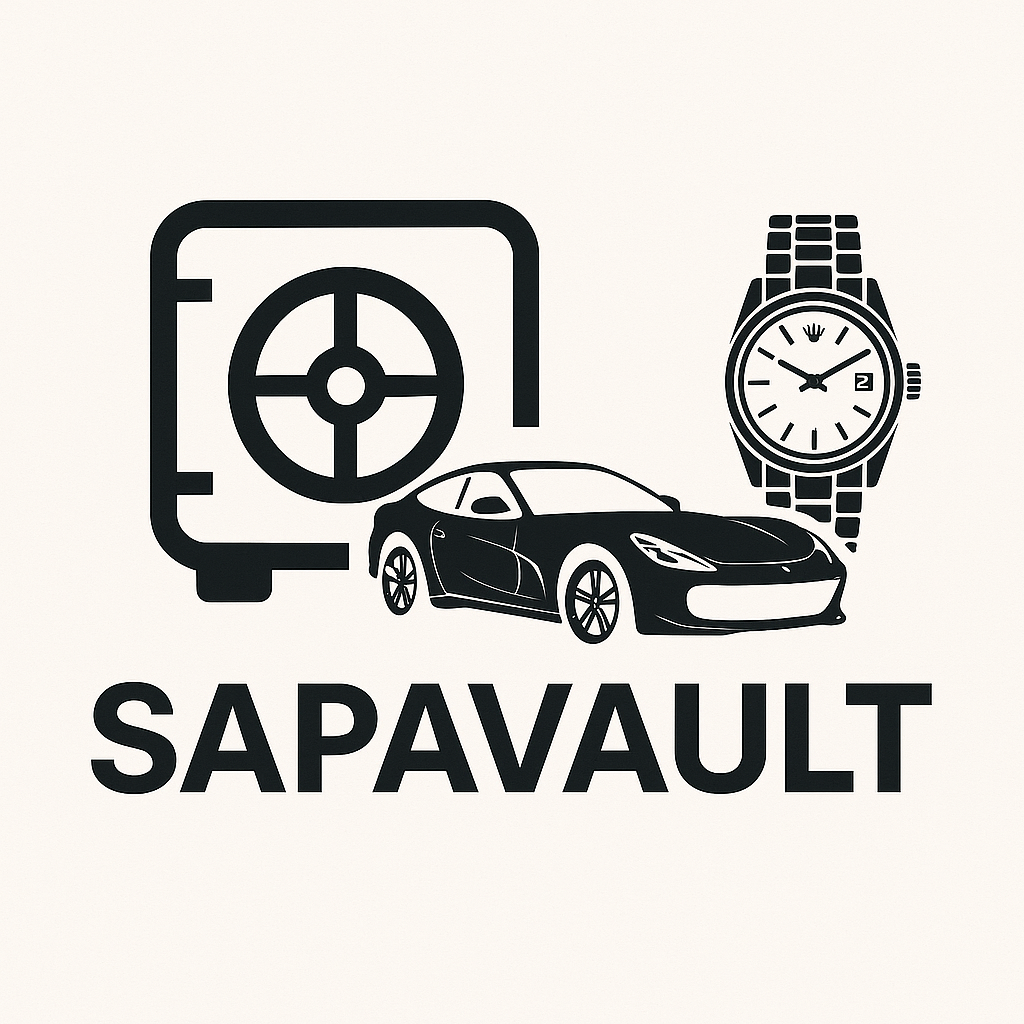Most digital products don’t fail because they’re bad.
They fail because no one wanted them in the first place.
Here’s how to make sure your next product is something people are excited to buy—not just scroll past.
✅ 1. Solve a Real, Daily Problem
People pay to remove pain or save time.
Ask:
“What is something annoying my audience deals with every day?”
Examples:
- Can’t stay focused? → Sell a daily habit tracker
- Struggle with posting content? → Sell 30 caption templates
- No time to plan? → Sell a 1-page productivity sheet
💡 Don’t guess—look for real questions on TikTok, Reddit, Quora, and Instagram comments.
✅ 2. Don’t Be Too Broad
“Productivity for everyone” = sells to no one.
Be specific:
- “A Notion planner for 15-year-old entrepreneurs”
- “A Reels script guide for shy creators”
- “A study template for students with ADHD”
🎯 Niche down. Make it feel like you made it just for them.
✅ 3. Validate Before You Build
Before you spend hours designing, post a poll, story, or tweet:
“If I made [this product idea], would you want it?”
Even 5 replies saying yes = green light.
You can also offer pre-orders or a waitlist to test interest.
✅ 4. Show the Transformation, Not the Features
People don’t buy “15 pages of templates.”
They buy:
“Plan your entire week in 10 minutes—without overwhelm.”
Sell the result, not the layout.
💬 Ask: “What will their life look like after they use this?”
✅ 5. Package It Like a Pro
Good products fail from bad presentation.
Use:
- Canva to make a product mockup
- Tally or Payhip for smooth delivery
- A clear title, strong CTA, and preview images
✨ Bonus tip: Add a tiny bonus to increase perceived value.
🚀 Final Words:
The best products don’t start with a template—they start with empathy.
Listen first, build second, and always solve a real problem.
People will pay you to make their life easier.

